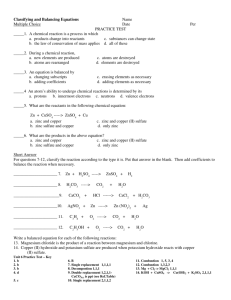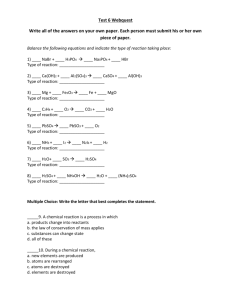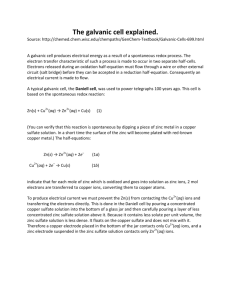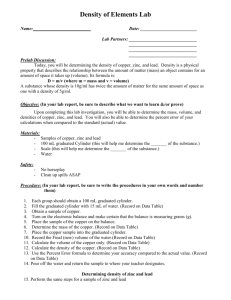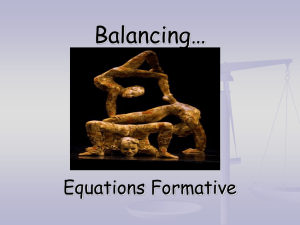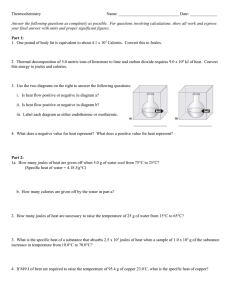Plant and Soil Zones to Control the Movement of Copper and Zinc
advertisement
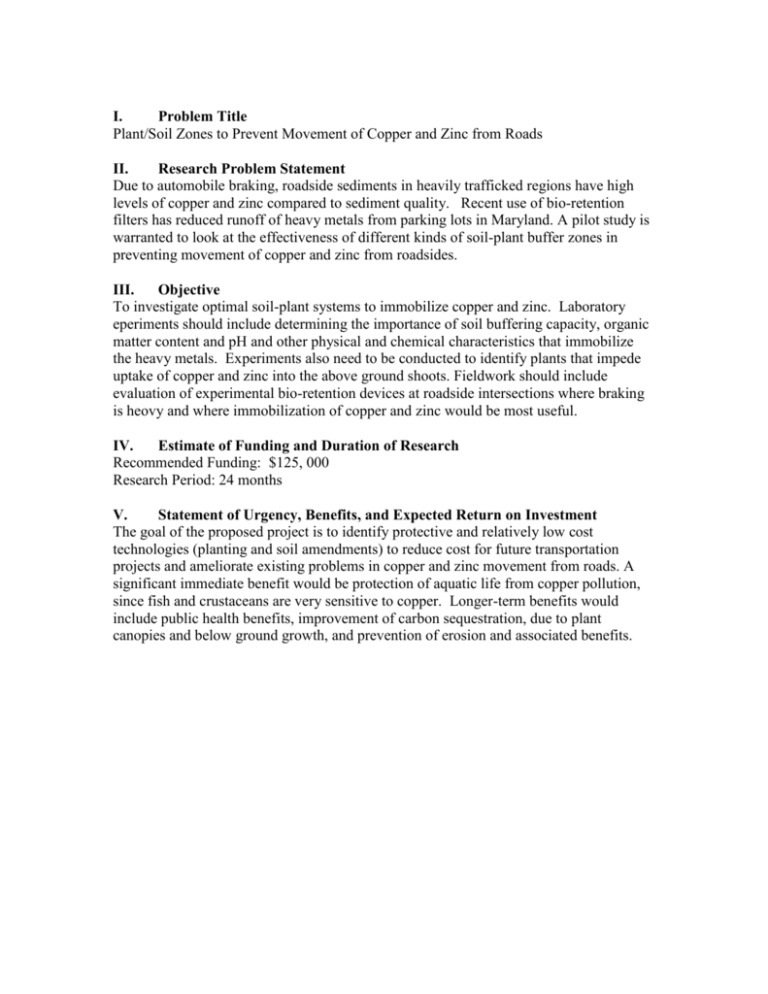
I. Problem Title Plant/Soil Zones to Prevent Movement of Copper and Zinc from Roads II. Research Problem Statement Due to automobile braking, roadside sediments in heavily trafficked regions have high levels of copper and zinc compared to sediment quality. Recent use of bio-retention filters has reduced runoff of heavy metals from parking lots in Maryland. A pilot study is warranted to look at the effectiveness of different kinds of soil-plant buffer zones in preventing movement of copper and zinc from roadsides. III. Objective To investigate optimal soil-plant systems to immobilize copper and zinc. Laboratory eperiments should include determining the importance of soil buffering capacity, organic matter content and pH and other physical and chemical characteristics that immobilize the heavy metals. Experiments also need to be conducted to identify plants that impede uptake of copper and zinc into the above ground shoots. Fieldwork should include evaluation of experimental bio-retention devices at roadside intersections where braking is heovy and where immobilization of copper and zinc would be most useful. IV. Estimate of Funding and Duration of Research Recommended Funding: $125, 000 Research Period: 24 months V. Statement of Urgency, Benefits, and Expected Return on Investment The goal of the proposed project is to identify protective and relatively low cost technologies (planting and soil amendments) to reduce cost for future transportation projects and ameliorate existing problems in copper and zinc movement from roads. A significant immediate benefit would be protection of aquatic life from copper pollution, since fish and crustaceans are very sensitive to copper. Longer-term benefits would include public health benefits, improvement of carbon sequestration, due to plant canopies and below ground growth, and prevention of erosion and associated benefits.
